By Stephen Rumpp
There has never been a better time than in this moment to find your Self. Metaphysically speaking, it is the only place Self can be found.
We’ve heard this occasionally from various wise thinkers and yet, our relationship to the present moment too often remains largely conceptual. We develop a framework for experiencing our circumstances rather than an evolving practice of experiencing our lives in the moments we are living. Eating the menu instead of the food, as it is said.
Yoga offers the perfect laboratory within which to practice the art of mindfulness. Using the body to strengthen the mind. The habit of practicing mindfulness while doing yoga asana helps us align our bodies in concert with our minds, providing access to the Self.
We are human after all and we have a lot going on. We live lives that are incredibly complex, requiring us to be good at a host of things all at the same time in order just to survive each day. Fair enough. Mindfulness sometimes takes a back seat to action, but in this process we can become dissatisfied. Bikram calls it the ‘screw loose’ brain.
How about this. We did not start out knowing much. We came with great tools no doubt. Our amazing human body, brain and instincts have allowed us to learn about the world into which we have entered one step at a time. As our years add up, we create quite a storage room of skills, talents, beliefs and habits. Sometimes referred to as life knowledge. All this is fine and necessary if we are to continue through time together.
But from our earliest moments it is our mindfulness that affords us the good fortune to synthesize ideas, objects, relationships into meaningful outcomes. Just watch a baby if you don’t get what I’m saying. As a baby’s eyes absolutely absorb the object of their moment, drool runs from their mouth, arms flail, fingers reach, toes curl, sounds emit and then rapture, the telling sign of success in their task, a wide and gleeful smile. In the moment, being the moment, nothing but the moment.
As babies gather experience, they naturally move toward multiple achievements rather than remaining 100% focused on a unique task. Have you observed a toddler lately? Their skills are substantial and their world is wider with each day. They become increasingly concerned with the stuff out in the world at the expense of their total emersion into the singular. Is it any wonder they are subject to mercurial mood swings?
Fast forward over years of life’s challenges and achievements, and it is not difficult to realize that we have become distanced from our native talent for mindfulness. Yet, it remains there, underneath it all just waiting for us. Certain life experiences demonstrate this to us. The birth of our own child, sudden illness, and many others, call upon us to access our present moment, to access the Self. Who we are in the present moment.
Being able to access one’s Self is a practice and a skill, the doing of which changes everything. Yoga heals the body inside and out, yes. But I dare say equally or more importantly, yoga connects us to our most important distinction; who we are.
Our times call for a kind of global mindfulness. Clearly, a world of human beings all about action, mostly reruns from history, is not working. Evidence abounds, new solutions are required.
So remember as you weigh the value of your yoga practice, its challenges and its time requirement, that quite possibly it is your Self that is calling to you. It calls as loudly as it needs to, in hopes you will breathe life into its essence and in so doing, evolve your ability to experience life’s every moment more fully. It is in this peaceful state of being that I believe magical things are possible. Our planet is counting on us. See you there.






